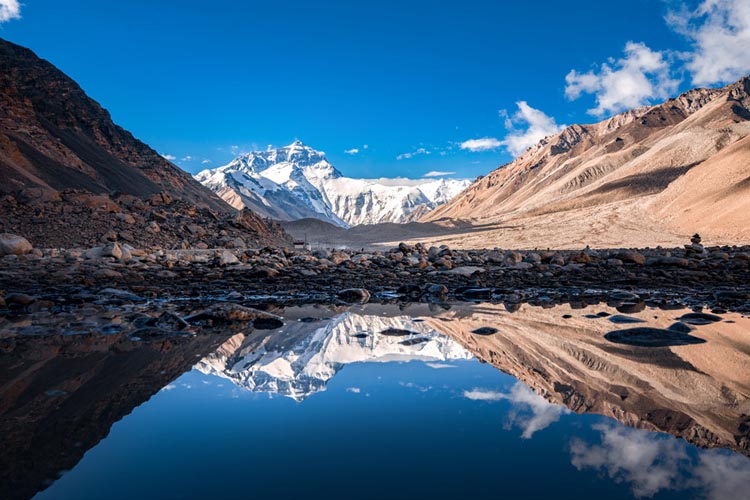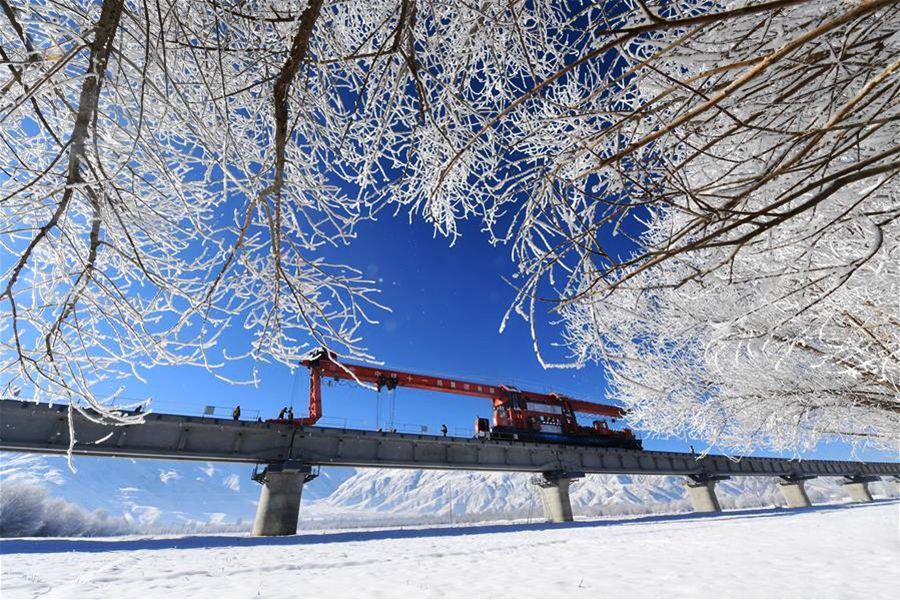
(TibetanReview.net, Mar13’19) – China says it will build five Third Pole National Parks in Tibet Autonomous Region (TAR) to reinforce its claim as environment protector and to boost ecotourism. Plans for these parks are still in a preparatory phase, so most details, including the size of all but one of them, are still being worked out, China’s official chinadaily.com.cn Mar 12 cited Yao Tandong, director of the Qinghai-Tibet Plateau Institute of the Chinese Academy of Sciences, as saying.
The report cited him as saying the five locations encompassed areas around Qomolangma (Tibetan: Chomolungma (Mt. Everest, Shigatse City), Bome and Medog counties (Nyingtri City), the Zanda Earth Forest (Ngari Prefecture), the Changtang Plateau (Nagchu City), and Serling Tso, the TAR’s largest lake (also in Nagchu City).
The report cited Qi Zhala, chairman of the TAR government, as saying the park construction will start around the Gangdise mountain range in western Tibet, Serling Tso in southwestern Tibet and around Bome County in southeastern Tibet.
The report said the Serling Tso park will likely cover around 38,200 square kilometres that are home to 20,000 to 30,000 people.
Building national parks have always involved evicting Tibetans from their centuries-old habitat, depriving them of the only way of life they know.
Nevertheless, the report claimed that the park will increase locals’ earnings by four to five times, something which has not been seen in previous experiences with similar projects. Yao has said local residents will be able to find work in the national parks as guides or park rangers, which would pay better than traditional farming and herding, given the region’s booming tourism economy. That remains to be seen, especially given the report’s silence on whether farmers and herdsmen will be relocated and will lose their traditional land to the national parks.
“The new national parks will benefit the environment while boosting the local ecotourism economy,” Yao has added.
The report noted that China’s forestry and grassland authority defines national parks as those approved and managed by the State. Typically they are much larger than natural reserves and cover a wide range of biomes, landscapes and at times historical artifacts, such as the Great Wall, it added.
And Zhou Zhonghe, a researcher at the Institute of Vertebrate Paleontology and Paleoanthropology, was cited as saying national parks are representations of a country’s most iconic natural and cultural heritages, as well as habitats for wildlife species.




